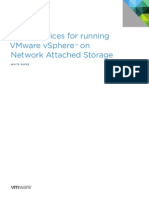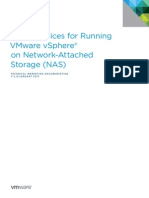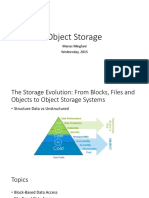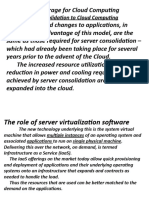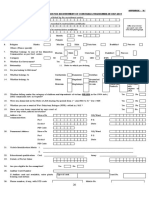0% found this document useful (0 votes)
52 views13 pagesFile Storage Performance Guide
The document outlines the performance characteristics of Oracle Cloud Infrastructure (OCI) File Storage, detailing its architecture, scalability, and best practices for optimizing performance. It emphasizes the importance of understanding IOPS, throughput, and latency, and provides guidance on using mount targets effectively to achieve optimal performance for various workloads. Additionally, it includes performance expectations based on testing conducted in a specific environment, highlighting the benefits of horizontal scaling and proper configuration.
Uploaded by
Anderson MoreiraCopyright
© © All Rights Reserved
We take content rights seriously. If you suspect this is your content, claim it here.
Available Formats
Download as PDF, TXT or read online on Scribd
0% found this document useful (0 votes)
52 views13 pagesFile Storage Performance Guide
The document outlines the performance characteristics of Oracle Cloud Infrastructure (OCI) File Storage, detailing its architecture, scalability, and best practices for optimizing performance. It emphasizes the importance of understanding IOPS, throughput, and latency, and provides guidance on using mount targets effectively to achieve optimal performance for various workloads. Additionally, it includes performance expectations based on testing conducted in a specific environment, highlighting the benefits of horizontal scaling and proper configuration.
Uploaded by
Anderson MoreiraCopyright
© © All Rights Reserved
We take content rights seriously. If you suspect this is your content, claim it here.
Available Formats
Download as PDF, TXT or read online on Scribd
/ 13

